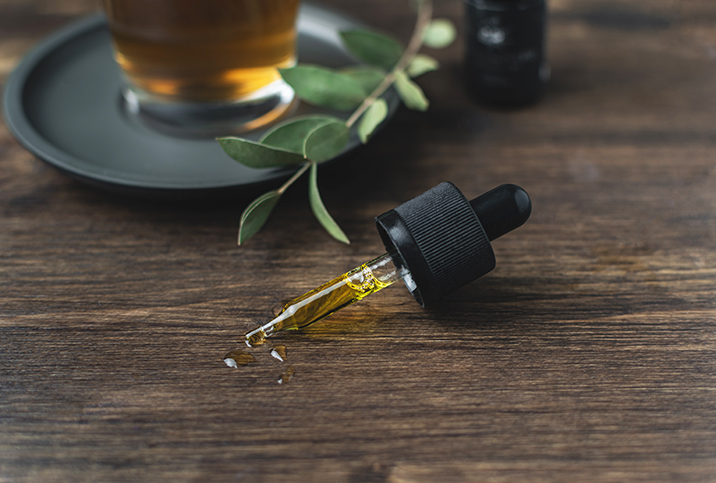4 Natural Pain-Management Methods

Pain provides a physiological alert to humans that some bodily issue needs attention. Chronic pain isn't necessarily normal, however, and it causes constant discomfort and interferes with a person's quality of life. Even if its causes are known, surgery or prescription drugs are not always the right options.
Fortunately, natural pain-management methods have been proved to alleviate pain while improving the lives of patients. If you're in pain and searching for a way to relieve it, check out some natural pain-management methods.
1. Massage
Massage may typically be associated with vacations or "treating yourself," but regular massages can help reduce back and neck pain. Not only does massage reduce the stress associated with a stiff neck or back, but it increases blood flow, which can reduce tension.
Massage can come in many different forms. The two we are interested in are chiropractic and therapeutic massage. Therapeutic massage is what you think of when you go to a massage parlor or a spa. It usually targets a particular area of the body, but may include additional services such as hot stones or cupping therapy. Chiropractic massage uses some of the aspects of therapeutic massage, but instead of focusing solely on muscles, it targets the entire musculoskeletal system.
Both have been proved effective for certain individuals, so you'll have to try both to find out which one (or neither) works for your needs.
2. Yoga
Yoga is a modern fad to some individuals, but its ability to manage pain naturally has long been touted. According to a study from Harvard Health, weekly yoga classes increased mobility and decreased pain in individuals suffering from lower back pain, migraines, fibromyalgia and a number of other chronic conditions.
If you're new to yoga, large classes or uncomfortable poses can seem daunting or overwhelming, but that's part of the natural learning curve. Instead of going to a 60- or 90-minute session, start by practicing yoga at home for 10 to 15 minutes a day. Over time, you'll become more comfortable with various positions and more confident in your ability. Pair the meditative features of yoga with its activity, and you'll feel better both mentally and physically.
3. Exercise
If exercise seems counterintuitive as a natural pain-management method, you need to recalibrate your thinking. It's actually one of the best methods to prevent chronic pain.
When you live a sedentary lifestyle due to pain, your muscles and joints start to atrophy, but exercise can reverse these problems. As you exercise, you improve your muscle tone and strength, which can reduce pain as your body becomes reinvigorated. Additionally, studies indicate exercise can release endorphins, which are the body's natural painkillers.
If you're stiff or you suffer from pain consistently, know that a slow approach to exercise is best. Undertaking an arduous physical regimen on the first day of exercise can lead to injury or a lack of motivation. Start by working out in 15-minute increments and slowly increase the workload over time. By doing so, you set yourself up for success instead of failure caused by a new injury or disappointment.
4. Herbal solutions & home remedies
Though herbal solutions and home remedies aren't medically recommended—supplements, in general, are not tested or approved by the Food and Drug Administration, so buyer beware is always the best policy—they can produce results on an individual basis. And while most sufferers of chronic pain reach for ibuprofen or prescription drugs, nature has numerous herbs that can alleviate pain.
For example, turmeric has been used by various cultures for hundreds of years to reduce the symptoms of indigestion and upset stomach commonly associated with irritable bowel syndrome. Overusing herbal supplements can lead to medical problems, however, so take them in moderation and stop taking them if you encounter adverse reactions.
You don't always have to pop a vitamin to feel better. Your other senses can help play a role in pain relief. Although often sold as "snake oil," essential oils have proven painkilling results. Lavender oil can reduce migraines, and peppermint and rosemary oils cut inflammation. Commonly found in hot peppers, capsaicin is the substance that causes the burning sensation when you eat a pepper. However, capsaicin cream is a natural herbal solution that tingles the skin and provides excellent pain relief.
And if you're into old-school approaches, don't forget about hot-and-cold treatments. For sudden injuries or acute pain, ice the affected area and follow it up with heat. This method can reduce swelling and relax tense muscles.
Some chronic pain may require medication or surgery, but don't underestimate the power of natural pain-management methods. With a bit of trial and error, you can find a mix of herbs, natural therapy and exercise routines that could provide relief.


















